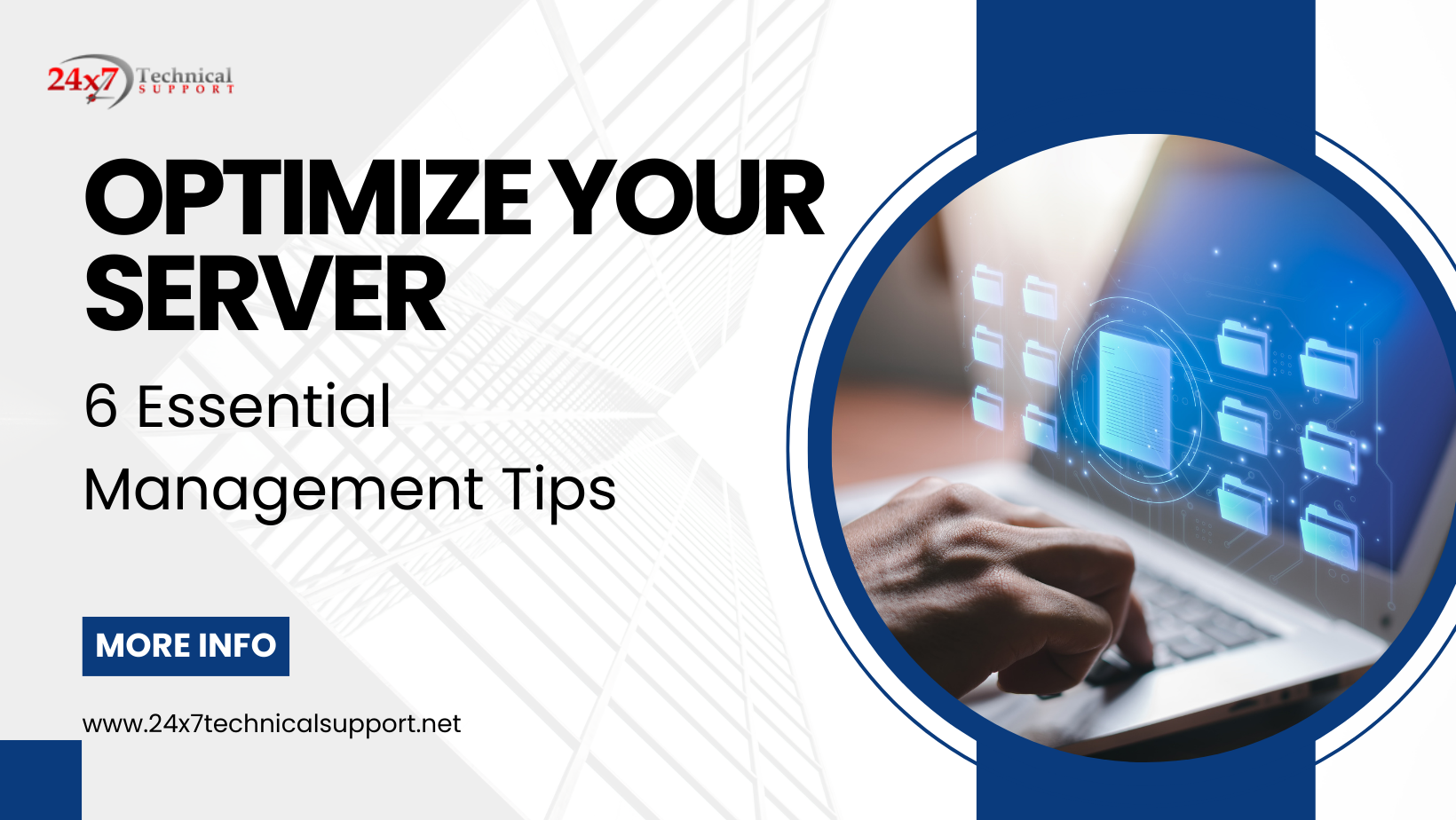
Introduction
In the fast-paced world of technology, efficient server management is the cornerstone of a reliable digital infrastructure. Whether you’re a seasoned IT professional or a business owner navigating the digital landscape, understanding the best practices for server management is crucial. This comprehensive guide will walk you through a series of actionable tips and strategies to enhance your server’s performance, minimize downtime, and troubleshoot common issues.
Tips for Effective Server Management
1. Conduct Regular Performance Audits
Regularly assessing your server’s performance is paramount. Implementing routine audits allows you to identify potential bottlenecks, overutilized resources, or impending hardware failures. By addressing these issues proactively, you can ensure uninterrupted service and prevent costly downtimes.
2. Optimize Resource Allocation
Efficient resource allocation is the cornerstone of effective server management. Distribute CPU, RAM, and storage resources based on the specific needs of your applications. Avoid over-provisioning, which can lead to resource wastage, or under-provisioning, which can result in sluggish performance.
3. Implement Robust Security Measures
Security breaches can have devastating consequences for any organization. Ensure your server is fortified with the latest security protocols, firewalls, and intrusion detection systems. Regularly update and patch your software to shield against emerging threats.
4. Establish a Backup and Recovery Strategy
Data loss is a nightmare scenario for any business. Develop a robust backup and recovery plan that includes regular automated backups and periodic testing of restoration processes. This safeguards your critical data in the event of hardware failures or cyber-attacks.
5. Monitor Network Traffic
Keep a watchful eye on network traffic to detect unusual patterns or potential attacks. Utilize monitoring tools to track bandwidth usage, identify potential bottlenecks, and optimize network configurations for optimal performance.
6. Streamline Documentation and Processes
Clear documentation of configurations, procedures, and troubleshooting steps is invaluable. It streamlines operations, ensures continuity during staff transitions, and expedites issue resolution.

Frequently Asked Questions (FAQs)
How often should I conduct performance audits for my server? Regular performance audits are recommended at least quarterly to catch potential issues early.
What is the best practice for allocating resources in a virtualized environment? Allocate resources based on the specific requirements of each virtual machine, considering factors such as CPU-intensive applications or memory-intensive processes.
Is it necessary to invest in a dedicated firewall for server security? While a dedicated firewall offers an additional layer of protection, modern servers often come with built-in firewall capabilities that can be effectively configured for security.
What backup frequency is ideal for critical data? Critical data should be backed up at least daily, with additional incremental backups for real-time data.
How can I ensure my server complies with industry-specific regulations for data security? Regularly review and update your server configurations and security measures to align with the latest industry compliance standards.
What steps should I take if I suspect a security breach on my server? Immediately isolate the affected server from the network, conduct a thorough security audit, and implement necessary patches or updates before restoring normal operations.
Conclusion
Effective server management is the bedrock of a reliable digital infrastructure. By implementing these tips, you can enhance performance, bolster security, and ensure seamless operations. Remember, proactive maintenance and robust security measures are key to a server’s longevity and optimal functionality.